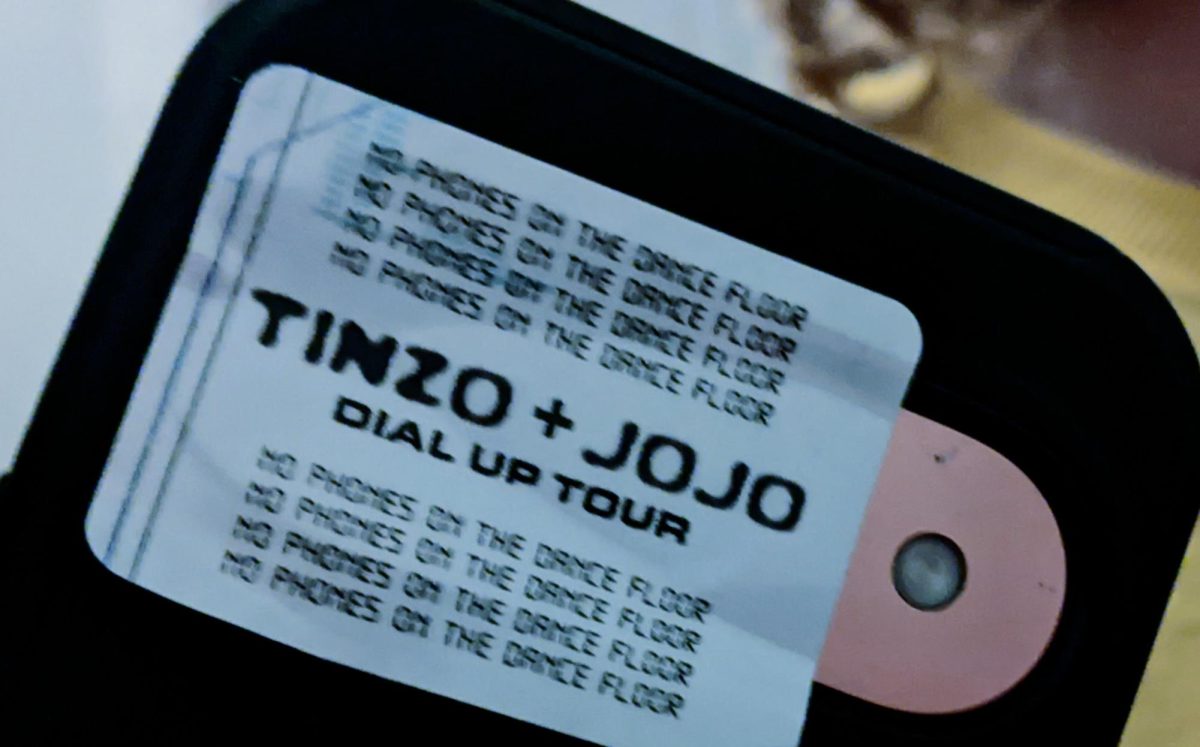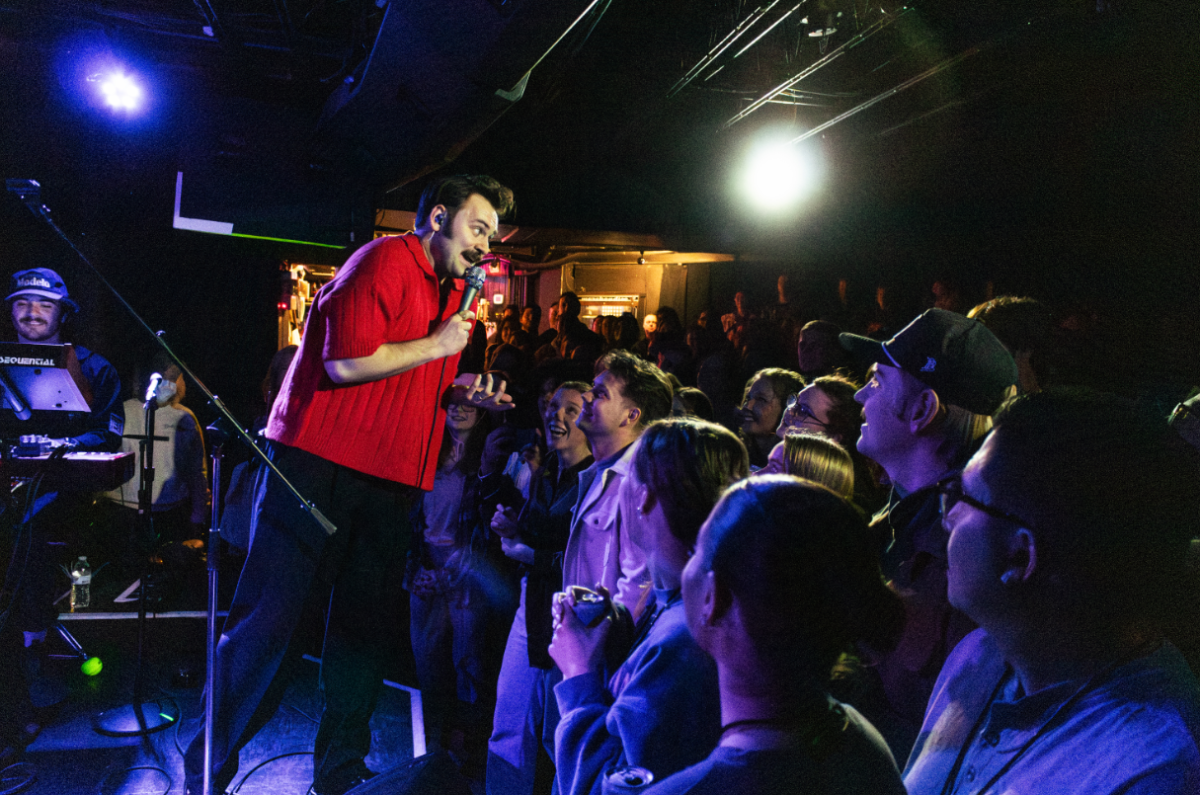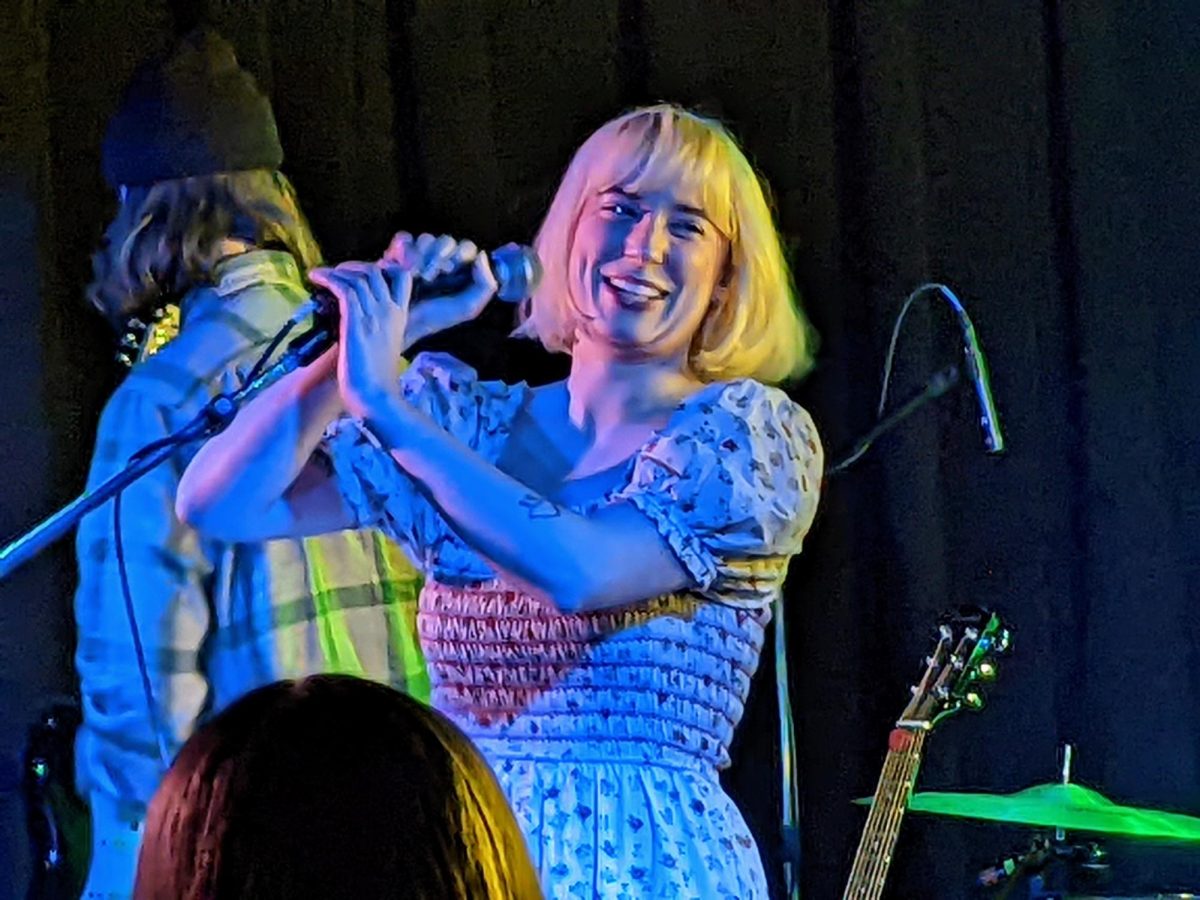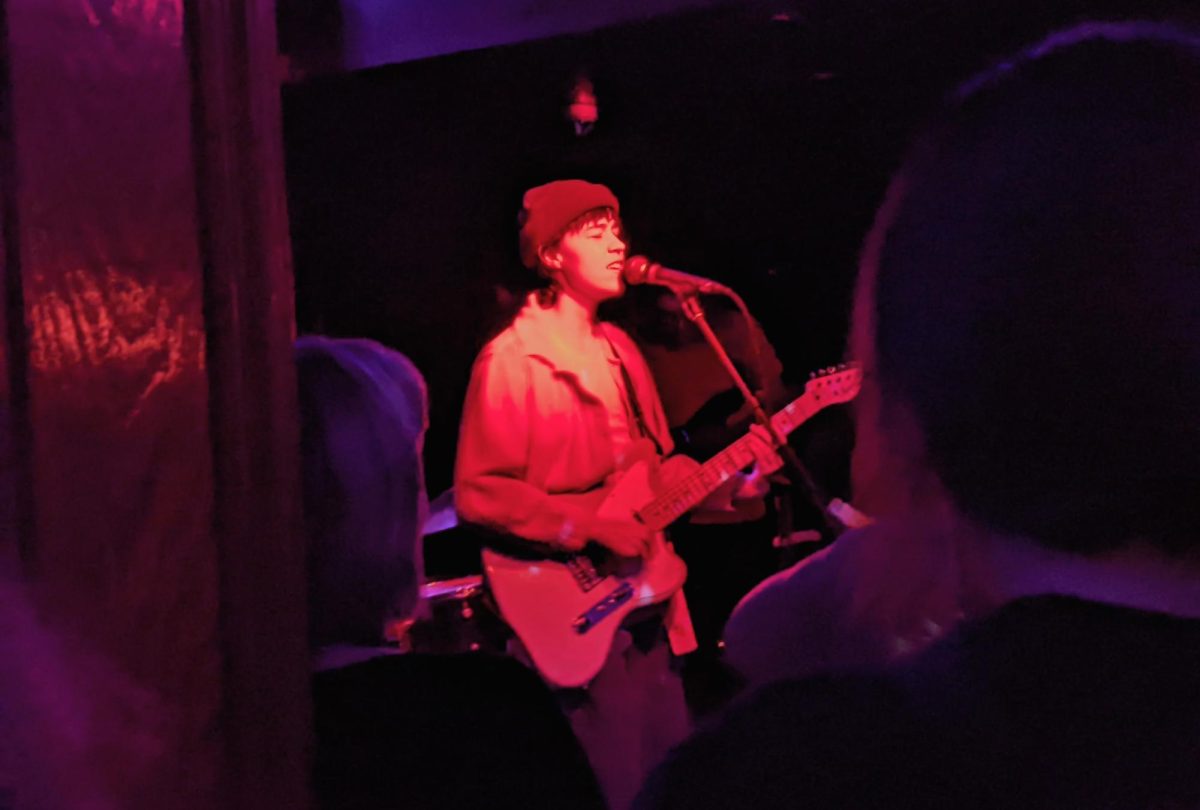What: Beatrix JAR with The Black Kids Where: 7th Street Entry When: Oct. 7, 8:00 p.m. What the H-E-double hockey sticks is circuit bending ? No, not time travel âÄî circuit bending is creative short-circuiting that involves using childrenâÄôs toys, sound effects and play guitars and destroying what they were to create something new. Circuit benders are Playskool Dr. Frankensteins . They will take the Guitar Hero controller from your hands and transform it. Circuit bending is an act of transformation; it is taking something dead and godless and finding once again its mechanical soul by playing doctor on its wires. It is an art form created out of and which thrives upon experimentation, upon randomness and luck. Chaos theory vacuum packed into music. Beautiful, right? DonâÄôt get it? More plainly, circuit bending is dismantling a piece of consumer electronics and connecting its circuit locations via jumper wire. This sends an electrical current from one place to another. If the sound that results is interesting or intriguing, it is then marked for use, held or bridged with alligator clips. Now things start to get complicated; sometimes benders use capacitators to further dismantle the sound. Potentiometers and photoresistors are added for more expression, to further deform and bastardize things sonically. Circuit Benders are unscientific scientists; oftentimes they are not trained musicians, nor are they trained electricians. Circuit bending is trial and error; it is art for the masses, accessible to everyone. The creation of circuit bending is almost as old as electricity itself. Fixtures of early 20th century music like Léon Théremin, the inventor of the earliest electronic musical instrument the theremin, or Arthur Moog, the inventor of the Moog synthesizer, could be called the pioneers of circuit bending. In the 1960s, Reed Ghazala discovered what we now see as circuit bending and became the father of the modern practice as well as the man who first coined the phrase itself. Ghazala used his knowledge to make unconventional musical instruments for people ranging from The Rolling Stones to Peter Gabriel to Tom Waits. In the last decade, circuit bending has grown tremendously in popularity. What was once the fringy-est of fringe art forms is now gaining some speed within the world of music. Its effect on people is almost electric. Acts like Dr. Rek , Ed Bear, Dr. Bleep , Steak, Brian McKenna and MinneapolisâÄôs own Beatrix JAR and Tentacle Boy are converting the skeptics with lightning precision. Speaking with Bianca and Jacob, the couple that comprises Beatrix JAR, A&E managed to get more insight into what goes into this charged music. Would you say that Reed Ghazala, Léon Théremin and Arthur Moog influenced you to get into circuit bending, or do you think that you got into it on a completely separate level? Jacob: Yeah, I was influenced more by Reed Ghazala but also by someone like Raymond Scott. The traditional way yes, but I also learned about it through word of mouth because I heard about it through the other local sound tech Ryan Alcott, who does circuit bending. He plays with Mystery Palace. But he taught me and then I got so consumed by it that I wanted to tell everyone else. I mean I told Bianca and I started telling MCAD and I went to school at MCTC and I started telling people there, so it started becoming infectious. Bianca: Those guys are influences now, like after the fact, but before I learned about circuit bending from Jacob, I had no concept of the world of circuit bending and I was kind of going by what he said. Then the more I learned, the more I kind of delved into it. I think there is a futurist manifesto by Luigi Russolo where he calls on people to sort of use musical instruments that are related to industry as opposed to more traditional instruments. Jacob: Circuit bending is a real personal journey. Once you learn about it or you learn the technique, all of a sudden you start to go and itâÄôs all your own personal direction and really you find your own sound and voice and itâÄôs just so cool. Do you think that Brian Eno or Philip Glass are kind of indirect influences âÄî experimental music that isnâÄôt necessarily associated with circuit bending per say but at the same time delves into the avant-garde nature in the same way that you guys do? Jacob: Oh, 100 percent. I think there have been sonic pioneers all through time and people who arenâÄôt doing purely circuit bending stuff. TheyâÄôre still an influence on me and Bianca. I get really excited by people like Tom Jenkinson and Squarepusher . You know, people that probably use more traditional samples and sounds and stuff like that. But bending allows you to have this kind of instantaneous and intimate relationship with machines like you would never have before. Bianca: With circuit bending, it becomes about listening. So you are like âÄúOh I like this sound; I am gonna keep this sound,âÄù or âÄúI donâÄôt like this sound; I am going to discard this sound.âÄù And I think that in a lot of ways that influenced my music making. Circuit bending seems to emphasize the randomness and counter-intuitiveness of sounds, but you two use drum and bass and house beats, which is maybe different from a lot of circuit bending. Is this because you want your music to exist in a separate way? It seems sort of different from the theory of circuit bending in itself, since circuit bending is this kind of anti-music music. Jacob: Yeah, definitely. I think circuit bending is pretty random, pretty chaotic and I think that a lot of circuit benders that are up there are pure noise, pure punk rock. They are up there with some toys, just making some of the most grinding hardcore sounds youâÄôve ever heard, and maybe there is no structure but there is the chaos and so there is structure in the non-structure. Whereas I feel more comfortable having a backbone to work with. I like having a beat, having some drum and bass or something that we create at the house. Then we can lay in the chaos and lay in the indeterminate randomness of whatever the âÄúspeak and spellâÄù might say that night, what the music could be as opposed to just complete randomness and chaos and madness. Bianca: I was gonna say that I think the whole process of us finding Beatrix JAR was pretty intuitive, so I donâÄôt know if it was even logical that we came to the conclusion to have a beat. It makes it more digestible though. Sometimes circuit bending is just noise and I really appreciate those performances. Noise rock can be kind of alienating though. Yeah definitely it can be alienating, and we want to try to bring people and have them have an experience. People like DJ Shadow or DJ Spooky are often called âÄúdiggers,âÄù because when finding records they dig and they dig and they dig looking for the perfect sample, the strangest, most out-there stuff to use. Do you think that in the same way, you two sort of dig for that perfect circuit, that really strange toy or the really rare stuff to then bend? Jacob: Yeah. We are 100 percent diggers. WeâÄôre always going to Savers and Goodwill and thrift stores looking for that next âÄúSpeak and Read.âÄù We do workshops and the most random stuff will come out, Playskool toys and Yamaha stuff and SK1âÄôs . I feel very fortunate to be able to go into the world and go to the thrift store and for 99 cents or for $2 find this really unique sound-making device that I might have never even bent before. Bianca: When I play with Beatrix JAR I end up using a lot of samples so I end up doing a lot of digging for stuff like old commercials or old 60s jingles so I get into that. Jacob: WhatâÄôs cool about bending is itâÄôs really instantaneous and immediate and you donâÄôt have to wear the musician hat. You can be a complete novice or completely new to electronics or music or anything and you can just go in and find sounds. I think that is what is so inviting about the world of circuit bending. We feel pretty happy to be using some of the machines of the past to make some of the sounds of the future.
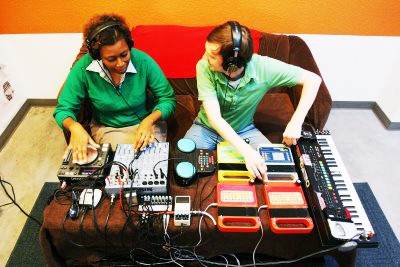
Image by Ashley Goetz
Beatrix JAR at work preaching the gospel of circuit bending
Circuit Bending is Electric Rainbow High Five Explosion!
Published October 2, 2008
0
More to Discover



